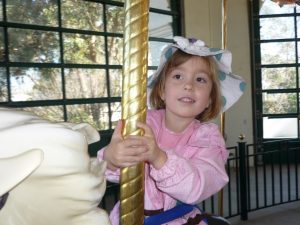
Today society is becoming increasingly aware of the importance of communicating – in marriages, at work, in government, and between countries. Another area where adults have important needs to communicate is with children.
On the surface this sounds easy enough to do, yet how often do we observe that the adult-child contact consists of baby talk, talking down to children, over-spending on toys, or allowing permissive behavior? On the other hand, there are those adults who seem to have a natural rapport with children, featured by lively two-way conversations. They invite and readily receive verbal feedback from children rather than limiting themselves to a one-sided conversation by phrases like, “My how you’ve grown!”
What makes the difference between the good and poor communicator?
Certain skills are necessary for good communication and must be developed by adults. One way to identify these skills is to review those cases where good adult-child communication is evident. In thinking over the best examples of communication between our children and other adults, one aspect consistently stands out. It is the love and motivation of the adult in getting down to the child’s level and communicating in a way he or she can understand and respond to.
Our children are enjoying a high level of communication with their grandmother. The basic way grandma meets the children on their level is to learn their interests and then plan to explore and share the topic with them. It might involve something new to her such as dinosaurs or it could be one of her favorite hobbies such as coin collecting. Whatever the subject, she shows her interest by asking the children a few questions and carefully listening to their explanations. [Read more…] about Talking with children




